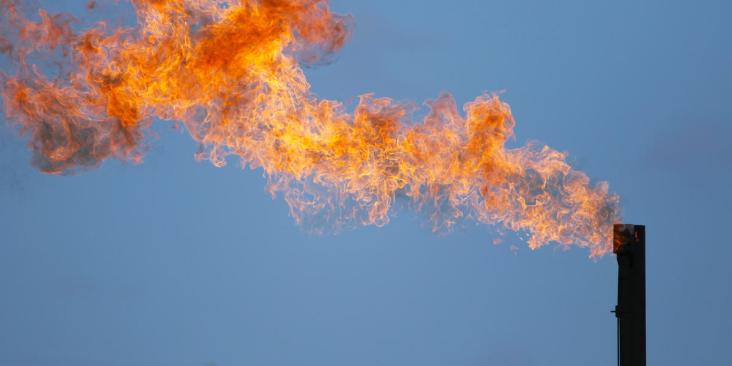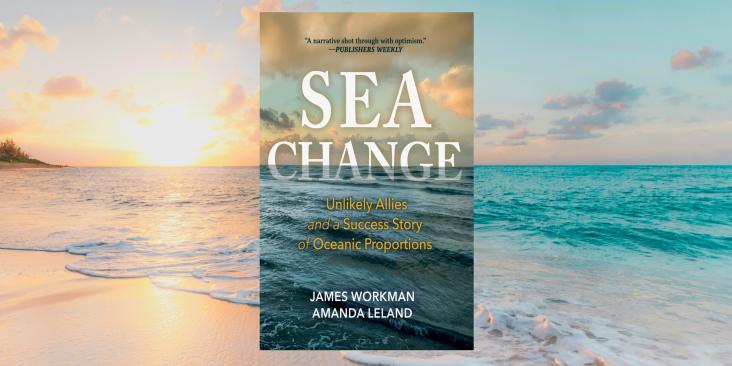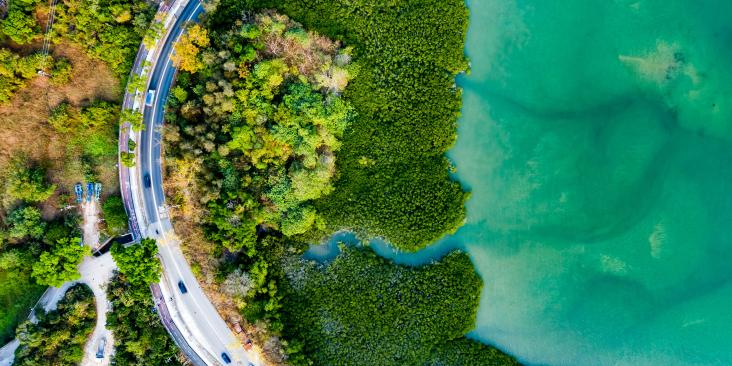To mark Colorado River Day today, it seems fitting to celebrate Colorado’s 10-year journey to dedicating $50+ million a year to fund water projects and support the resource that makes Colorado so special: its water. And I’d like to briefly highlight three very different projects that have benefited from this vital new funding stream.
It started with the first Colorado Water Plan.
While drinking water utilities and large agricultural districts can often tap ratepayer fees to fund millions if not billions of dollars of improvement and maintenance projects, the same has not historically been the case for Colorado’s beloved rivers and streams. In 2015, the first Colorado Water Plan highlighted the urgent need to fill a gap for reliable, dedicated funding to support rivers, restoration, recreation, and aging agricultural infrastructure.
Colorado’s Taxpayer’s Bill of Rights makes creating a new funding stream extremely challenging, but a 2018 U.S. Supreme Court decision provided a new opening by eliminating a ban on state-based sports betting. In 2019, thanks in part to a bipartisan campaign supported by EDF, Colorado Cattlemen’s Association and a host of other water users, Colorado voters approved Proposition DD, which legalized sports betting and dedicated the tax revenues from it specifically to fund water projects.









